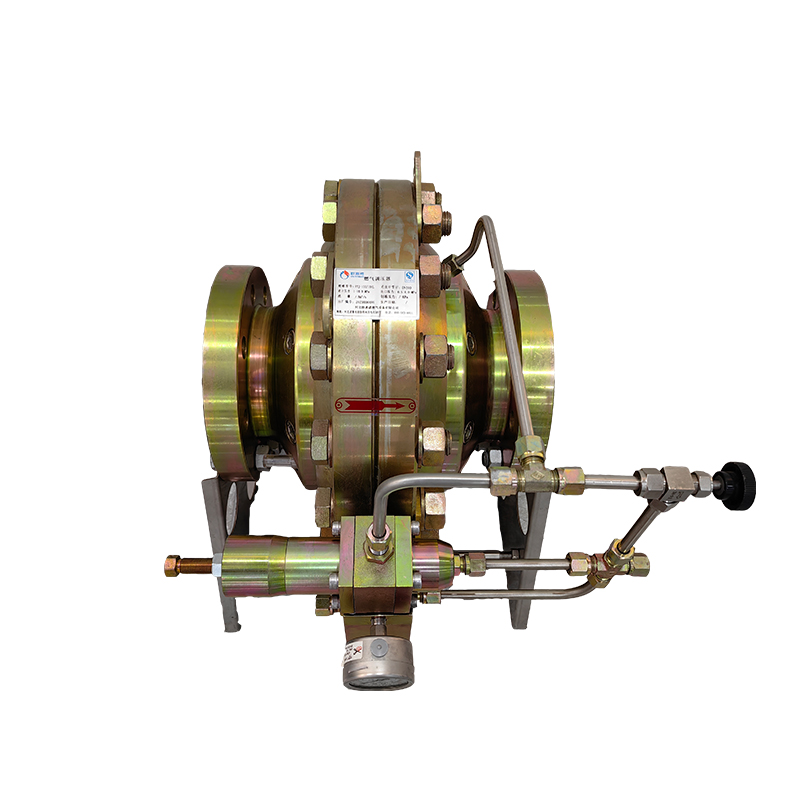
Dec . 04, 2024 16:29
Back to list
natural gas safety valve
The Importance of Natural Gas Safety Valves
Natural gas is a vital energy source that powers homes, industries, and vehicles around the world. However, with its widespread use comes the need for safety measures to prevent potential hazards associated with gas leaks and pressure surges. One crucial component of natural gas systems is the safety valve. This article will explore the significance of safety valves in natural gas applications, their types, functions, and maintenance considerations.
What is a Safety Valve?
A safety valve is a critical device designed to control and limit the pressure in a system, ensuring safe operation. In the context of natural gas, safety valves help prevent excessive pressure build-up within pipelines and other gas handling equipment. When the gas pressure exceeds a predetermined limit, the safety valve opens, allowing gas to escape or redirect, thereby preventing potential explosions or equipment failure.
Types of Natural Gas Safety Valves
There are several types of safety valves used in natural gas systems, each designed for specific applications
1. Relief Valves These valves automatically open to release excess pressure when the set pressure limit is exceeded. They are commonly used in gas storage tanks and pipelines.
2. Safety Relief Valves These serve dual functions by releasing gas when there is an overpressure condition while also protecting against vacuum conditions. They are often found in critical installations where both conditions can occur.
3. Manual Shut-off Valves While not a safety relief valve in the conventional sense, these valves allow operators to manually shut off gas supply in emergency situations to prevent leaks or further complications.
4. Automatic Shut-off Valves These valves automatically close in the event of a significant drop in pressure, thereby preventing gas from leaking when there is a rupture in the supply line.
The Function of Safety Valves
natural gas safety valve

The primary function of safety valves in natural gas systems is to maintain a safe operating pressure. If the pressure within a gas pipeline exceeds safety limits, the valve opens to release gas, preventing damage to the infrastructure and reducing the risk of accidents. This is critical in preserving the integrity of storage tanks, distribution lines, and appliances that utilize natural gas.
Additionally, safety valves act as a fail-safe mechanism. In situations where an operator may overlook rising pressure levels, the valve provides a last line of defense to avert disasters. By adhering to stringent pressure settings and operational protocols, safety valves ensure that systems operate within safe limits.
Maintenance of Safety Valves
To maintain the effectiveness of safety valves, regular inspection and maintenance are essential. Here are some best practices
1. Routine Inspections Safety valves should be inspected regularly to ensure they function correctly. Visual checks for corrosion, wear, and leakage are crucial.
2. Testing Periodic testing of the safety valve's performance is necessary to confirm that it opens at the set pressure. This may involve simulating conditions to ensure the valve opens and closes properly.
3. Replacement If a safety valve shows signs of malfunction or does not meet operational standards during inspections or testing, it should be replaced immediately.
4. Documentation Keeping detailed records of inspections, tests, and maintenance actions helps track the performance and reliability of safety valves over time.
Conclusion
Safety valves are indispensable components of natural gas systems, playing a vital role in ensuring safety and reliability. By preventing excessive pressure build-up and acting as emergency measures, these valves help protect both life and property from the hazards associated with natural gas. As the demand for natural gas continues to grow, so does the importance of maintaining and upgrading safety systems, including safety valves, to ensure safe usage in an ever-evolving energy landscape. In summary, proper understanding, use, and maintenance of natural gas safety valves are critical for the safe transportation and utilization of natural gas.
Next:
Latest news
-
Safety Valve Spring-Loaded Design Overpressure ProtectionNewsJul.25,2025
-
Precision Voltage Regulator AC5 Accuracy Grade PerformanceNewsJul.25,2025
-
Natural Gas Pressure Regulating Skid Industrial Pipeline ApplicationsNewsJul.25,2025
-
Natural Gas Filter Stainless Steel Mesh Element DesignNewsJul.25,2025
-
Gas Pressure Regulator Valve Direct-Acting Spring-Loaded DesignNewsJul.25,2025
-
Decompression Equipment Multi-Stage Heat Exchange System DesignNewsJul.25,2025

